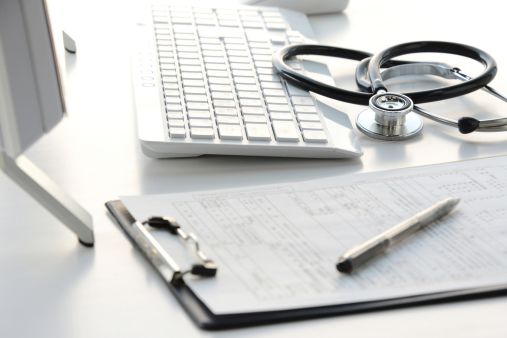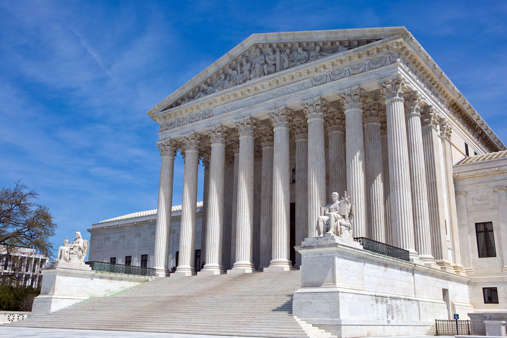The FDA recently notified Congress of its intention to regulate laboratory developed tests (LDTs) as medical devices and accompanied the notice with two draft guidance documents on the topic. One of the draft guidance documents is titled, “Framework for Regulatory Oversight of Laboratory Developed Tests (LDTs),” and the other is titled, “FDA Notification and Medical Device Reporting for Laboratory Developed Tests (LDTs).” Up to now, the FDA has exercised enforcement discretion as to all laboratory developed tests.
In the Framework guidance, the FDA defines an LDT “as an IVD [in vitro diagnostic] that is intended for clinical use and designed, manufactured and used within a single laboratory.” In a summary section, the FDA states that it intends to continue to exercise enforcement discretion for all applicable regulatory requirements for:
- LDTs used solely for law enforcement purposes.
- Certain LDTs for transplantation when used in CLIA-certified, high-complexity histocompatibility laboratories.
This guidance further states that the FDA intends to exercise enforcement discretion for applicable premarket review requirements and quality systems requirements, but enforce other applicable regulatory requirements, including registration and listing (with the option to provide notification) and adverse event reporting, for:
- Low-risk LDTs (Class I devices).
- LDTs for rare diseases and “Traditional LDTs” (the types of LDTs that existed when the enforcement discretion policy was initially implemented in 1976).
- “LDTs for Unmet Needs” (under the humanitarian use device definition) when no FDA-approved or cleared equivalent device is available.
For other high and moderate risk LDTs, the FDA states that it intends to enforce applicable regulatory requirements, including registration and listing (with the option to instead provide notification), adverse event reporting, premarket review and quality system requirements, as follows:
- High-risk LDTs (Class III medical devices): Registration and listing (with the option to provide notification) and adverse event reporting will begin six months after FDA finalizes the Framework guidance. Premarket review requirements will begin 12 months after the guidance is finalized for the highest risk devices and phase-in over four years for the remaining high-risk devices. Devices would remain on the market during review and the FDA’s consideration of applications. FDA’s focus on high-risk devices will begin with the following:
a) LDTs with the same intended use as a cleared or approved companion diagnostic;
b) LDTs with the same intended use as an FDA-approved Class III medical device; and
c) certain LDTs for determining the safety or efficacy of blood or blood products.
The Notification guidance creates an optional process for LDT manufacturers to notify the FDA of the tests they manufacture and provide certain “basic information” (described in Appendix A to the guidance), for use in lieu of the traditional registration and listing process. Further, the Notification guidance describes reporting requirements for adverse events and corrections and removals as applicable to LDTs. Like other medical device manufacturers, LDT manufacturers will need written policies to follow to comply with these requirements.
A pdf copy of the notification and two guidance documents is available here.
For more information, please contact the Barnes & Thornburg LLP attorney with whom you work or one of the following attorneys in the firm’s Food, Drug & Device Group: Lynn Tyler at (317) 231-7392 or lynn.tyler@btlaw.com; Hae Park-Suk at (202) 408-6919 or hae.park.suk@btlaw.com.
©2014 Barnes & Thornburg LLP. All Rights Reserved. This page, and all information on it, is proprietary and the property of Barnes & Thornburg LLP. It may not be reproduced, in any form, without the express written consent of Barnes & Thornburg LLP.
This Barnes & Thornburg LLP publication should not be construed as legal advice or legal opinion on any specific facts or circumstances. The contents are intended for general informational purposes only, and you are urged to consult your own lawyer on any specific legal questions you may have concerning your situation.









/Passle/6488d4630e7e25c9ac9f834a/MediaLibrary/Images/2024-07-18-19-15-33-047-669969d52008239f764a11af.png)


/Passle/6488d4630e7e25c9ac9f834a/SearchServiceImages/2024-07-17-15-17-44-967-6697e0980752df56d2441ada.jpg)
